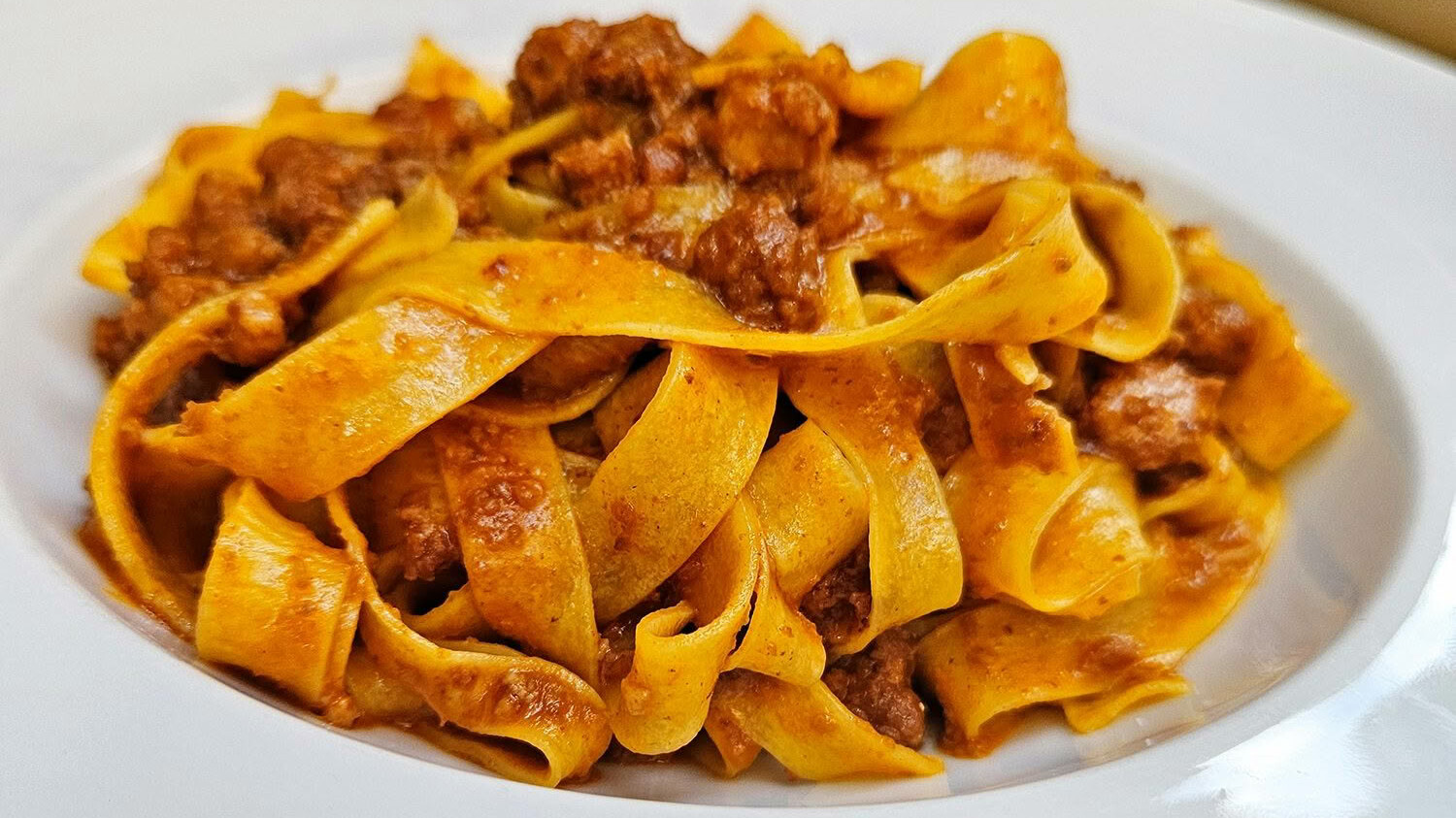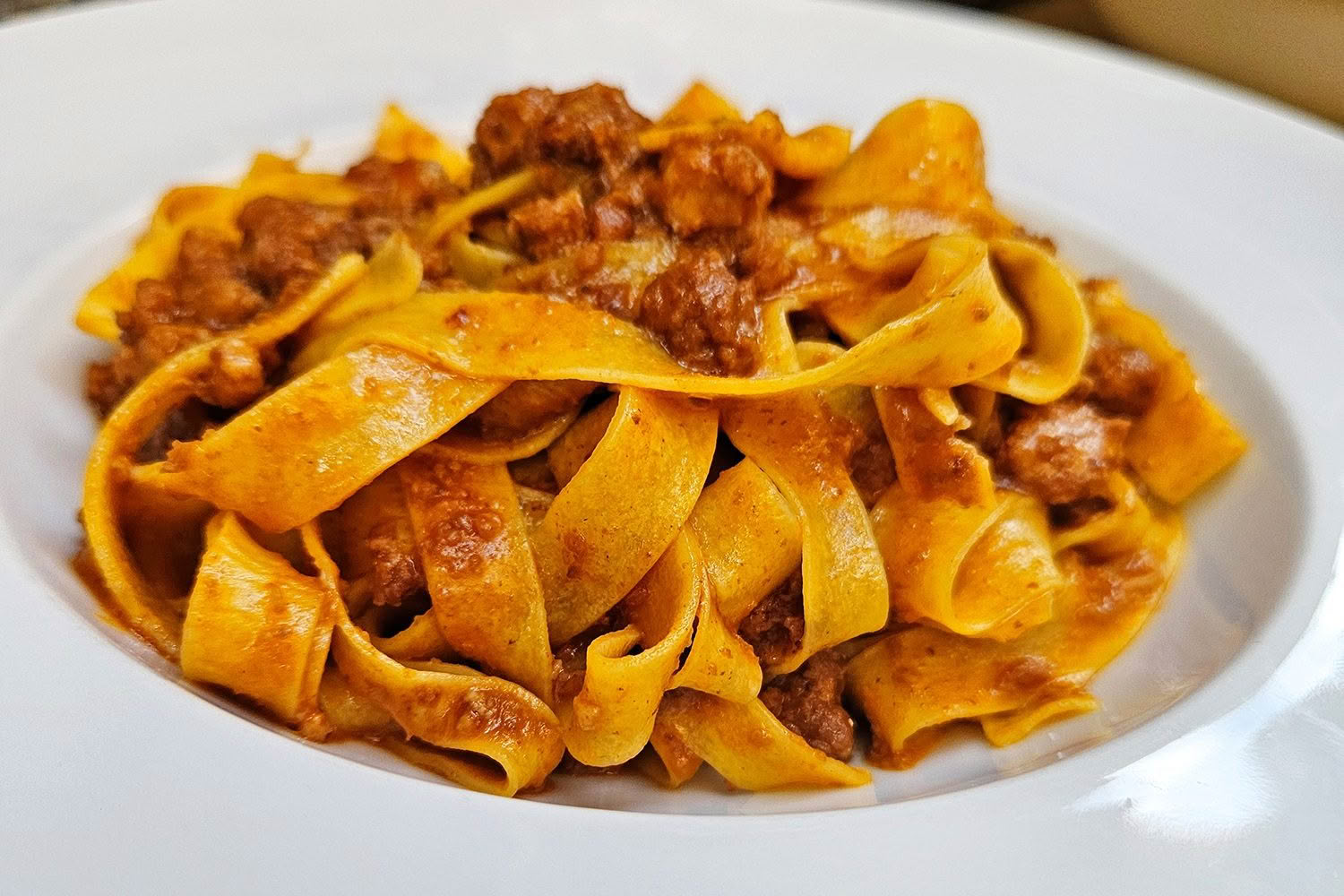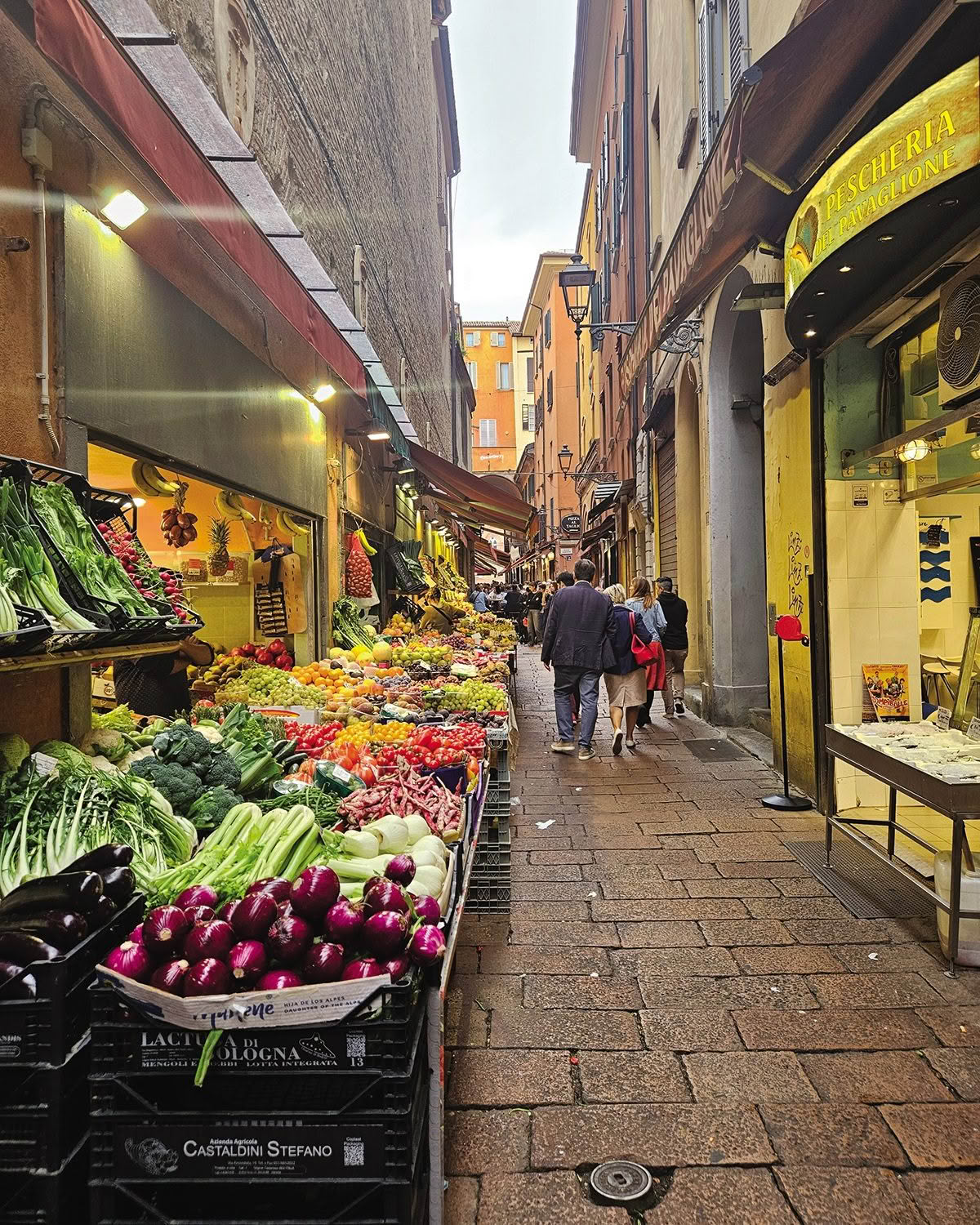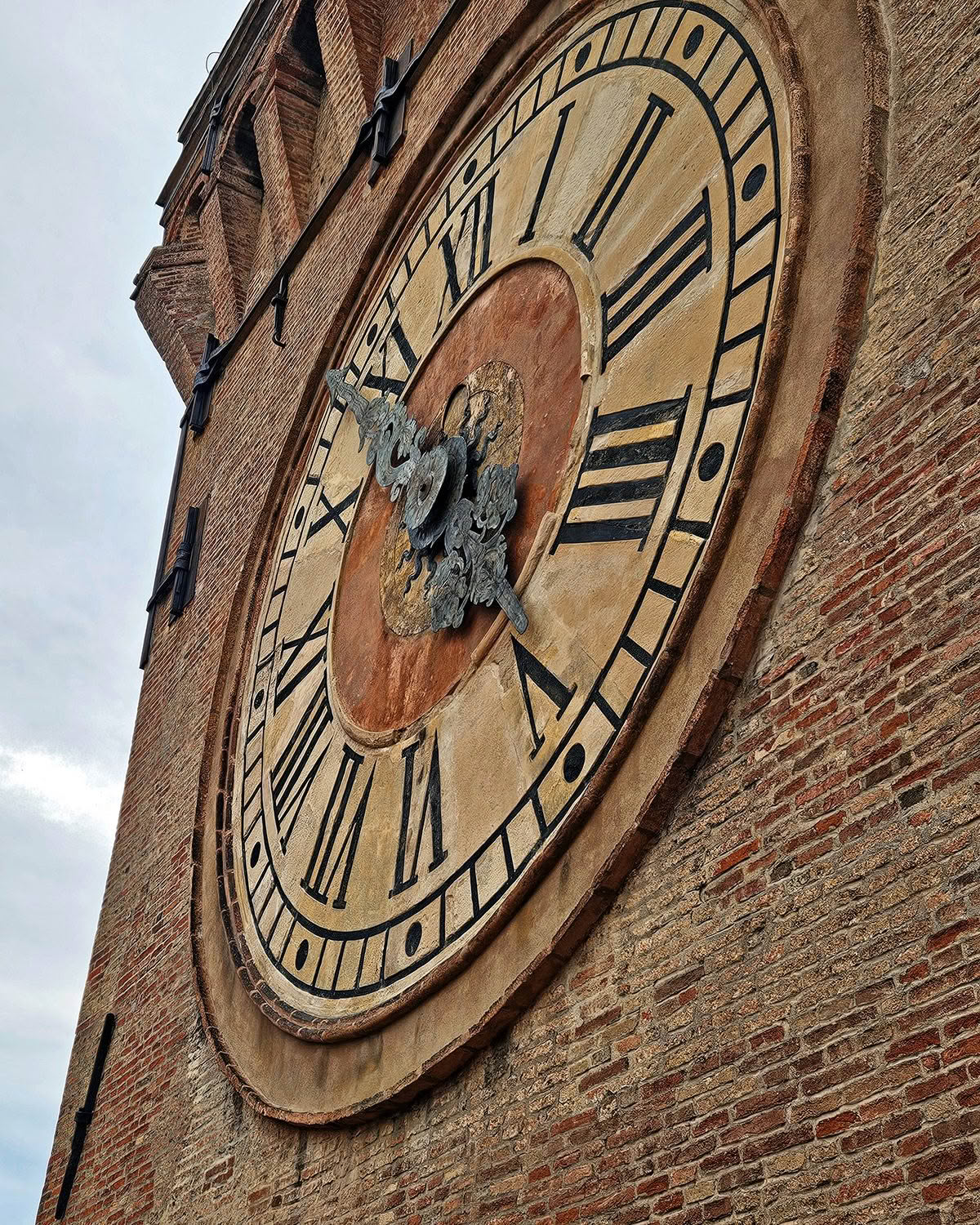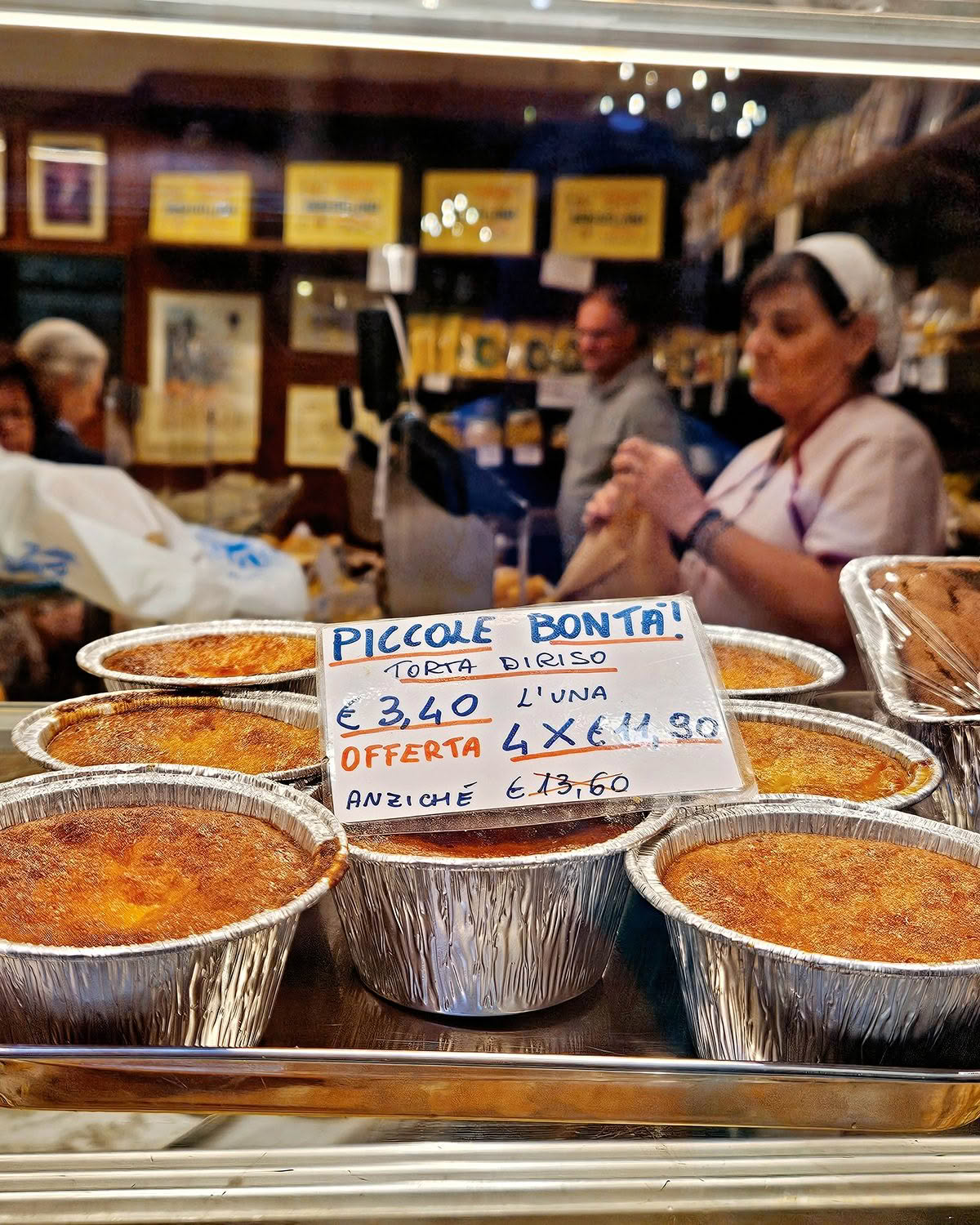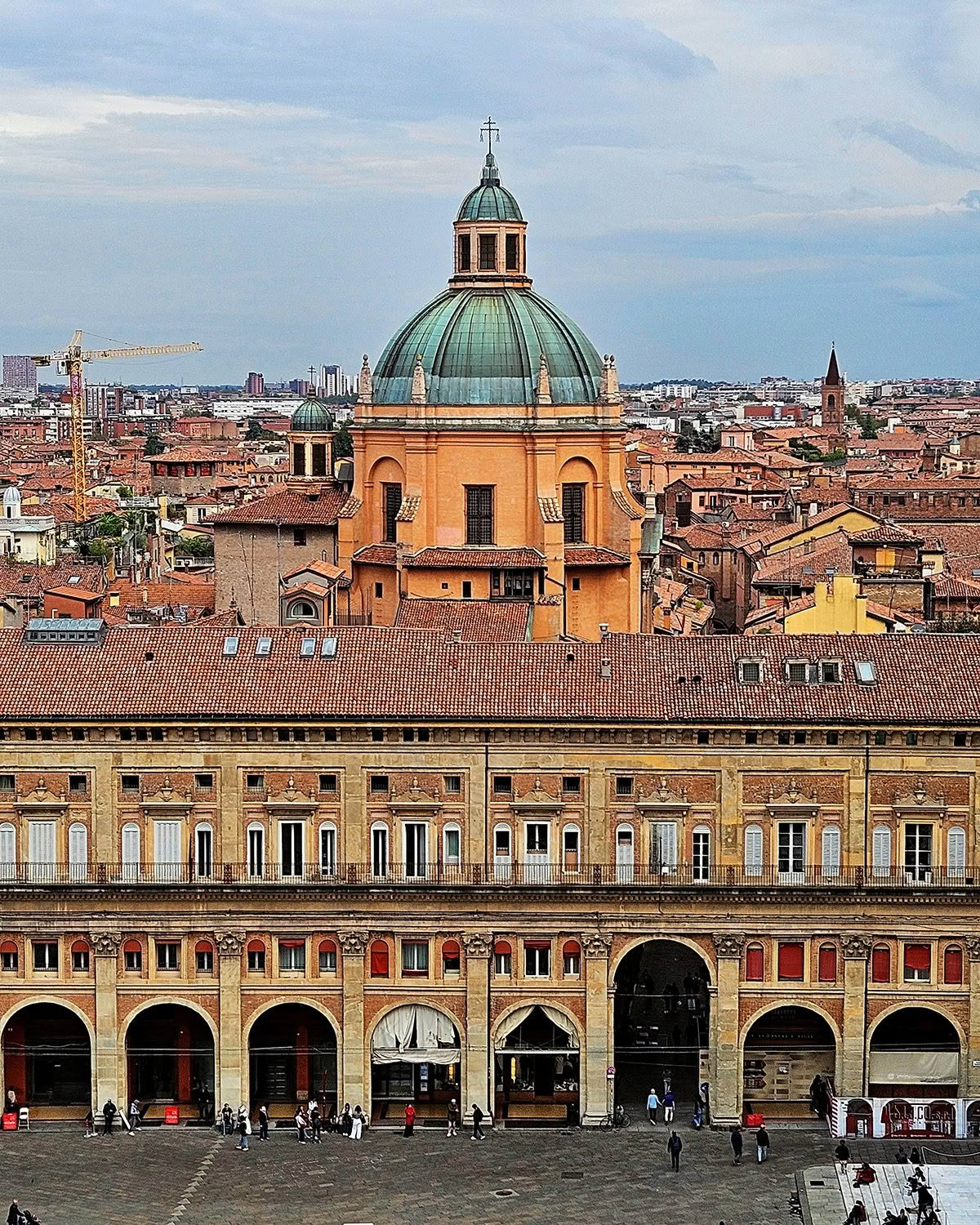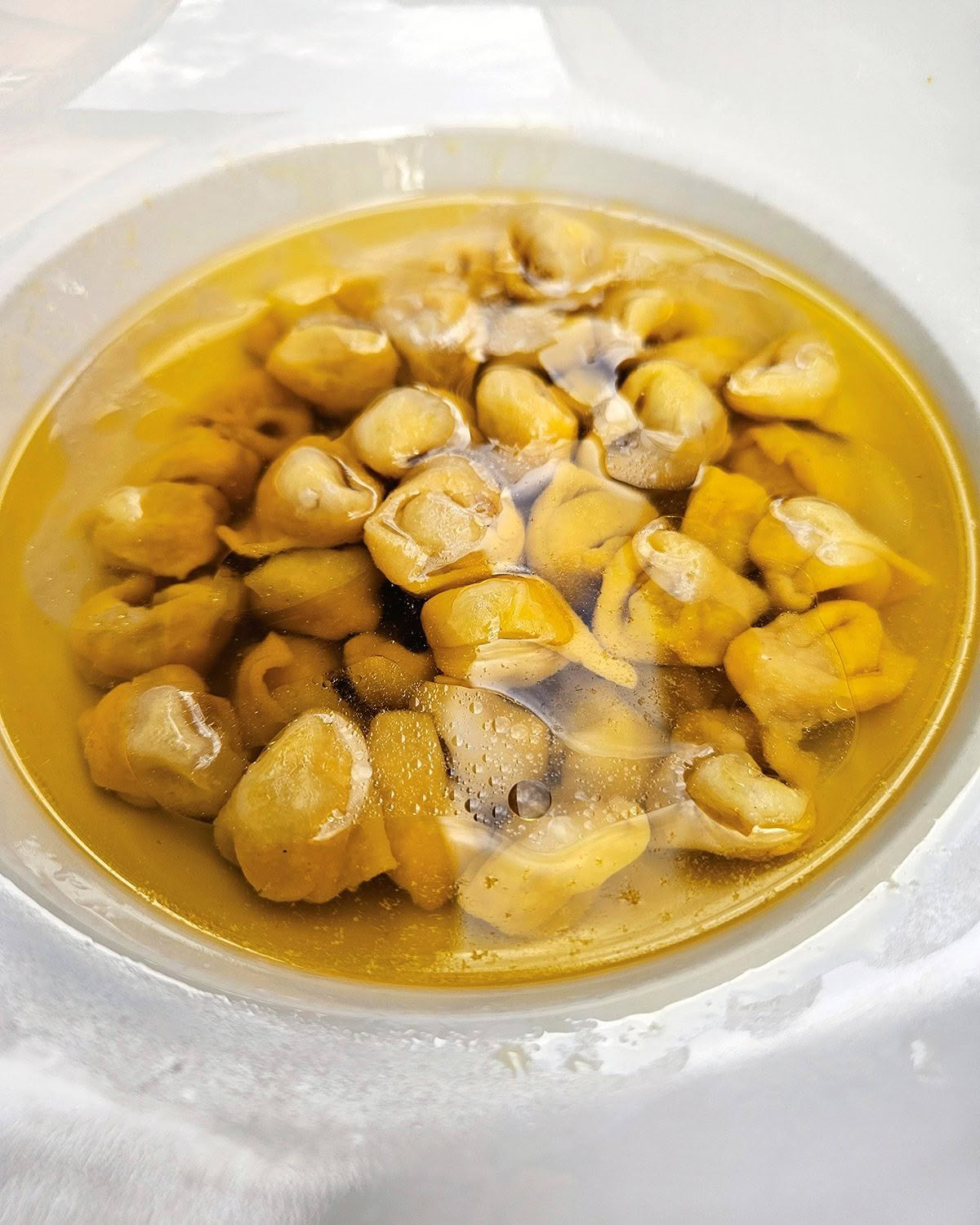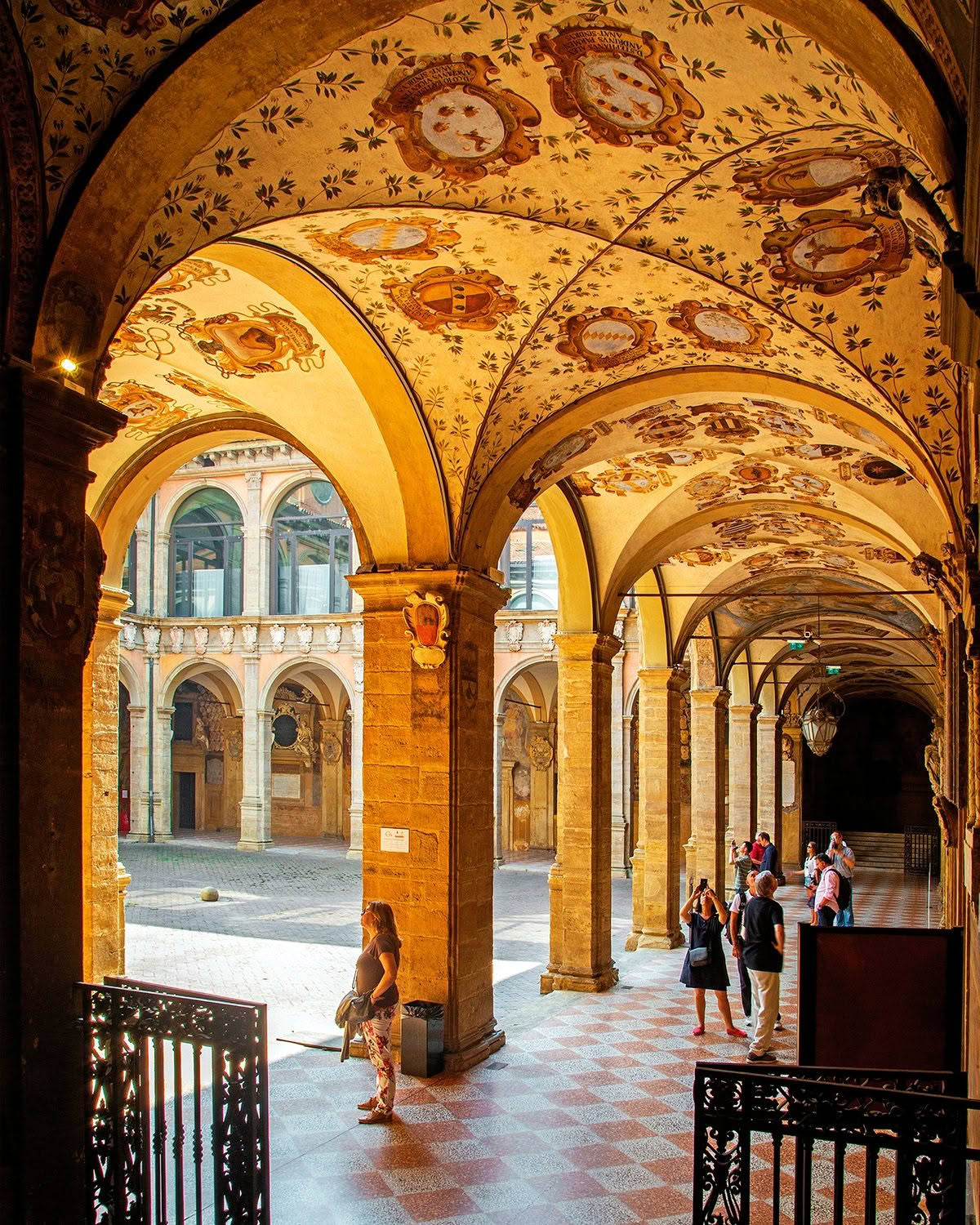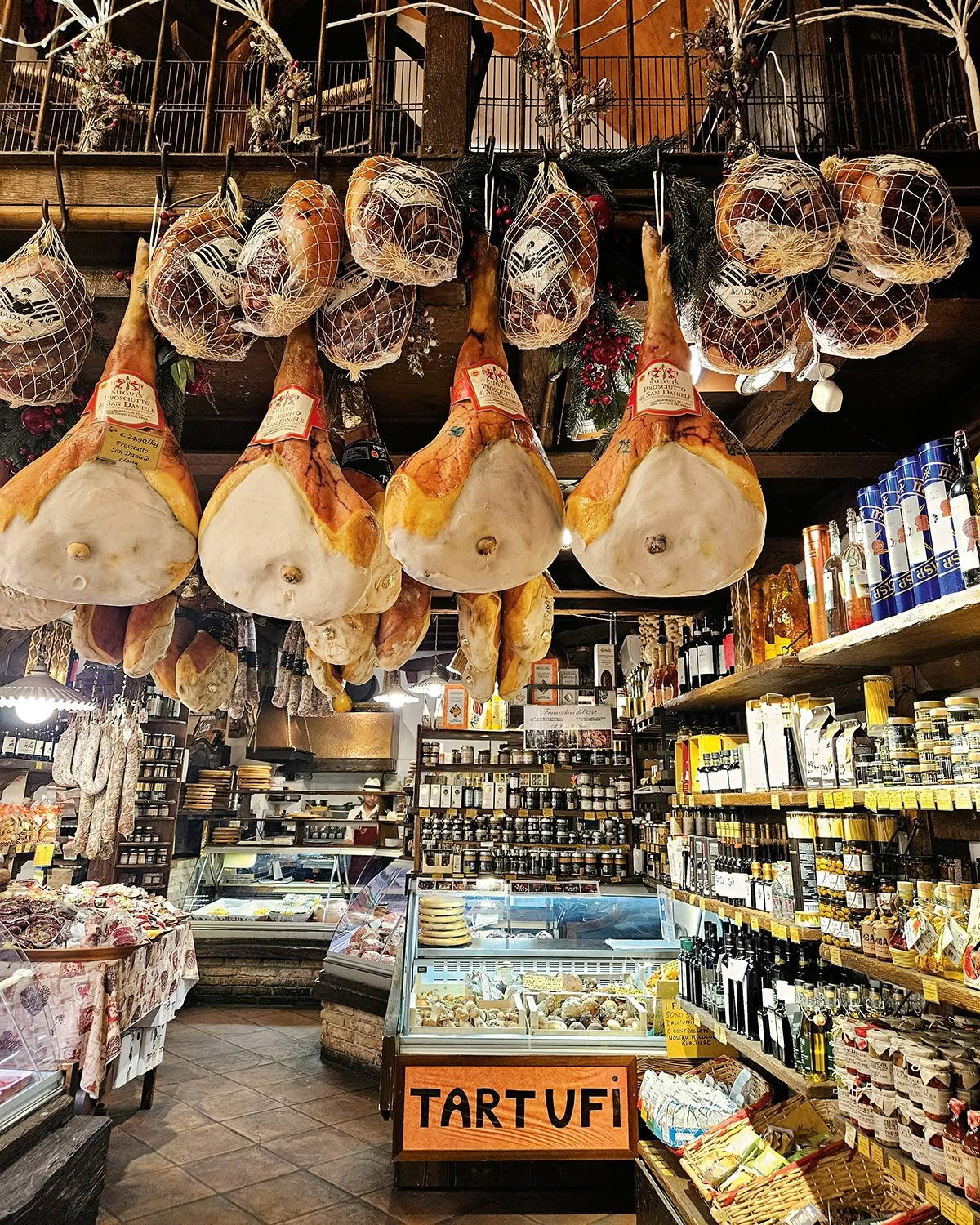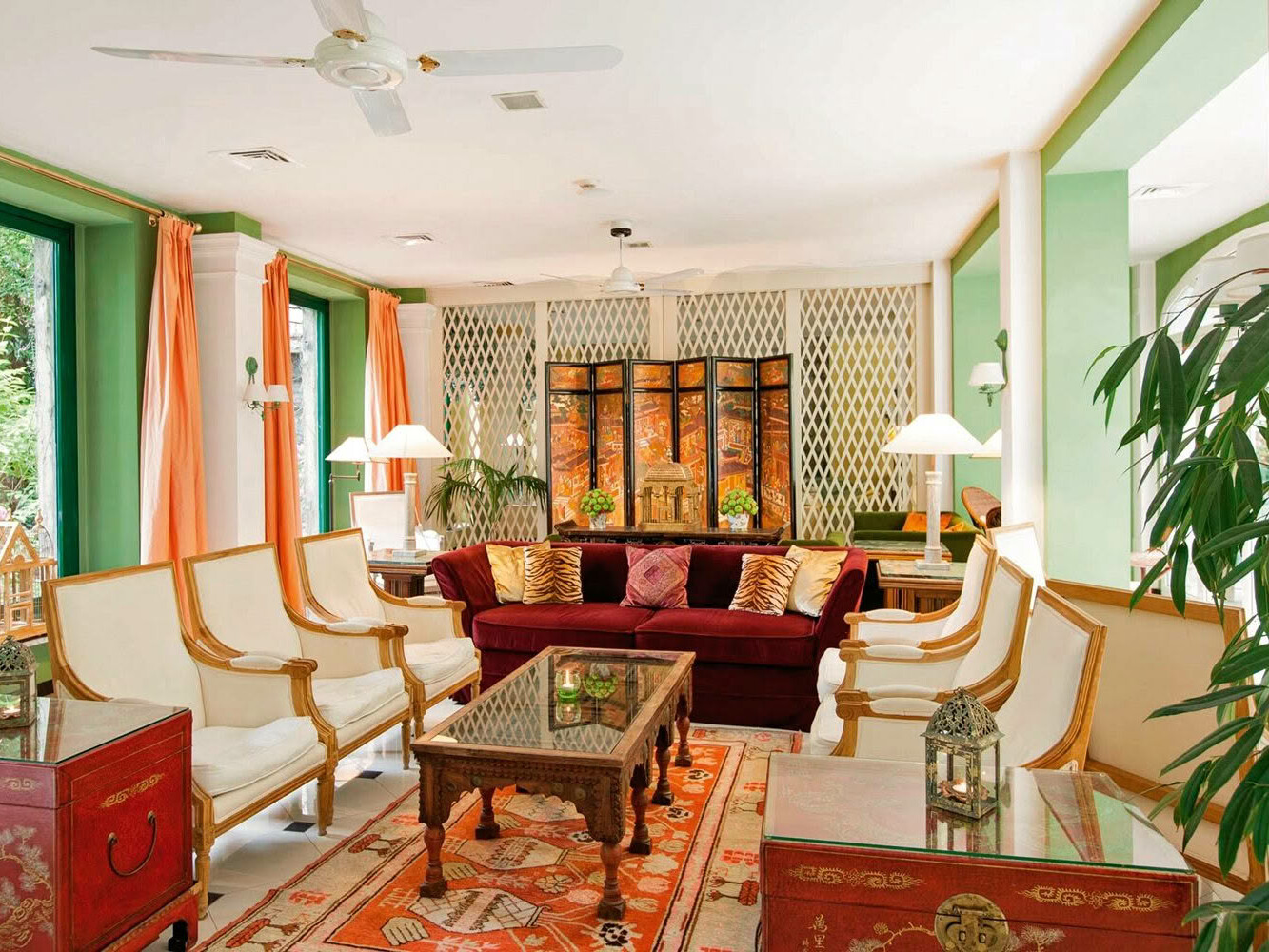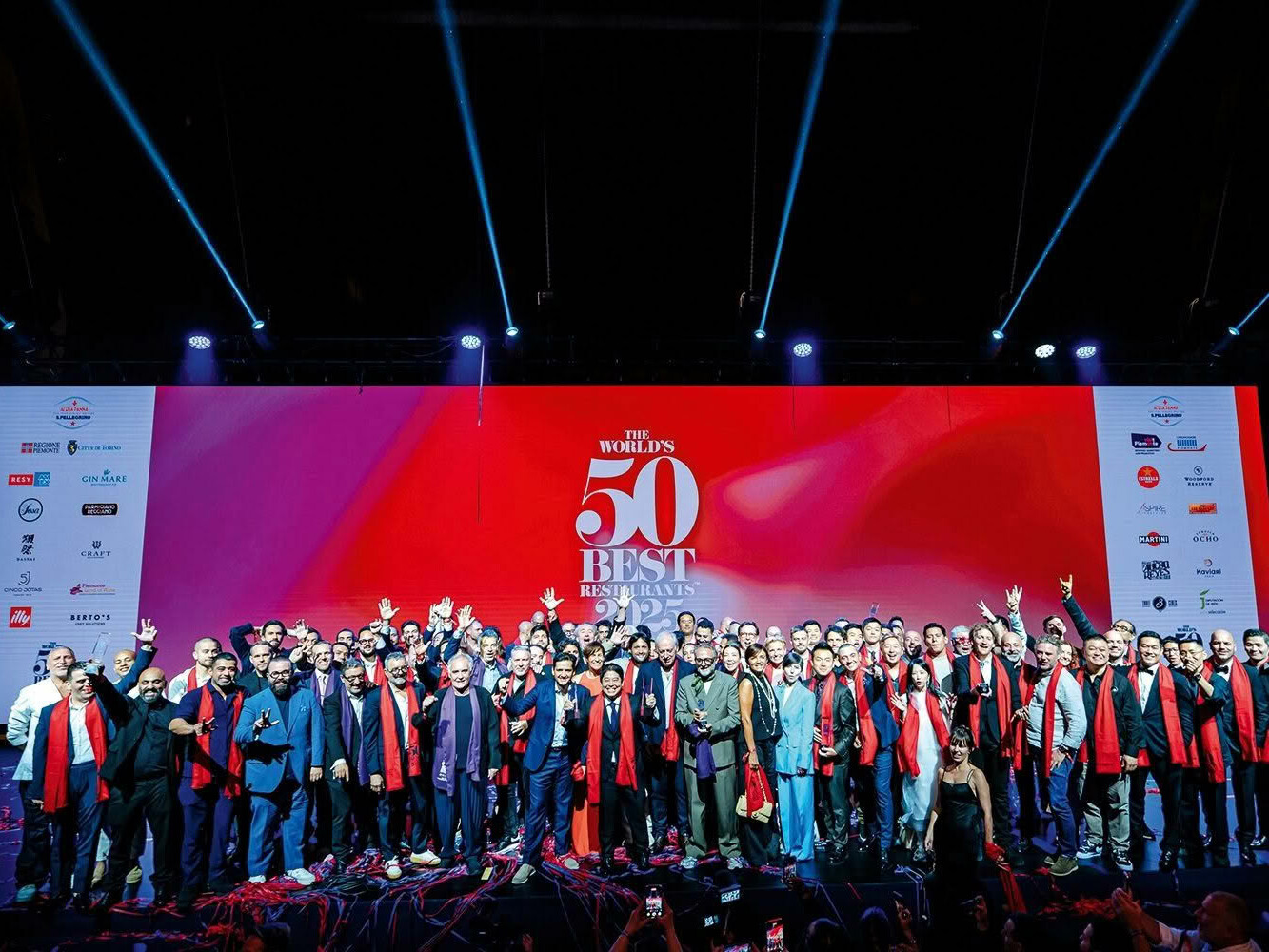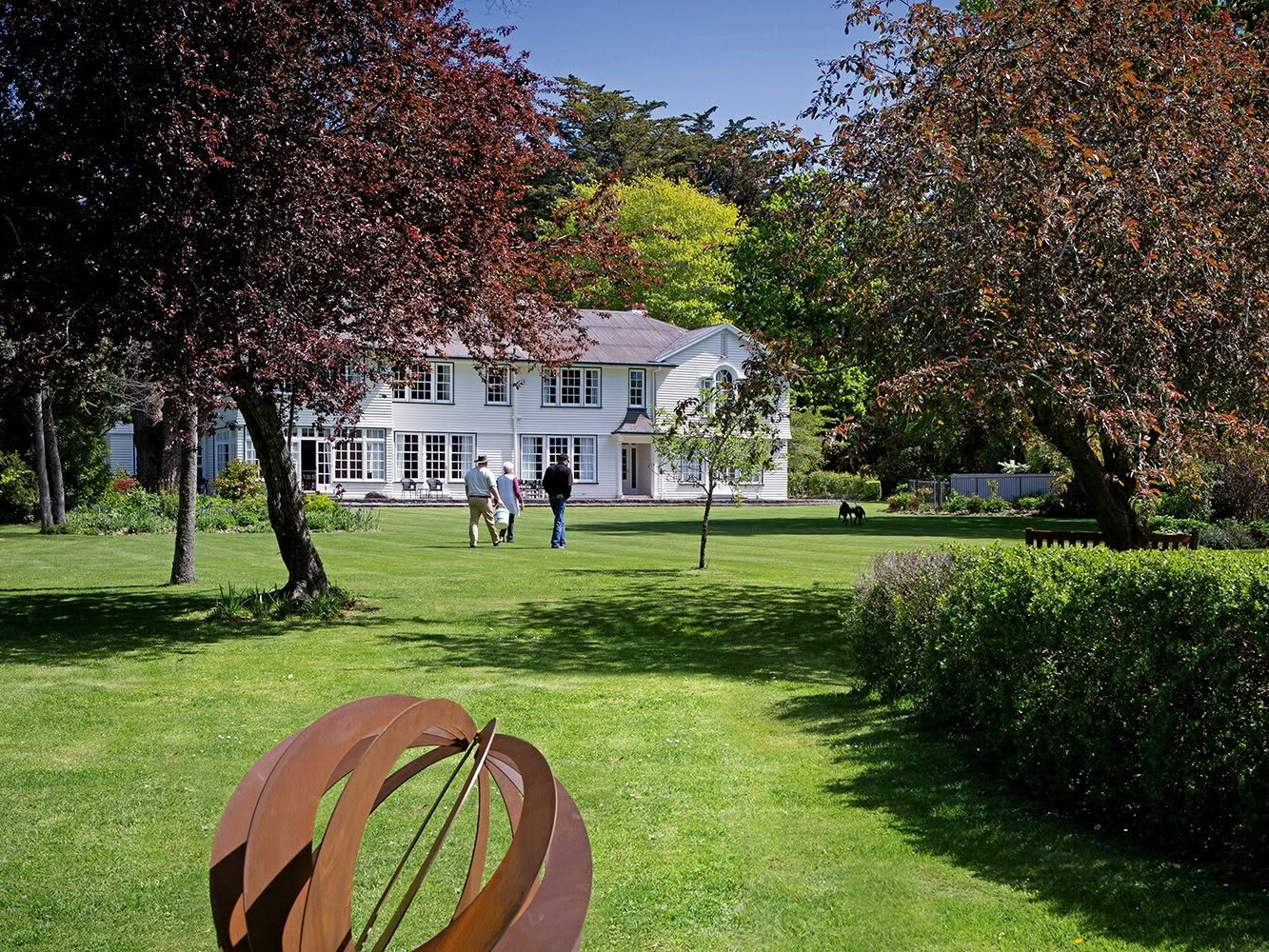A map of Emilia-Romagna reads like a shopping list. This food mecca is the home to many of the foods synonymous with Italy, from Bolognese to Parmigiana, balsamic vinegar to prosciutto.
Bologna, the region’s capital, is the heart of Italian cuisine yet surprisingly it is often left off tourists’ itineraries. But not this gastro-nomad’s route: in fact, this town and those surrounding it offer so much to taste that Bologna was our base for four nights. And while I was there to discover why the town is often called La Grassa (the fat one), I also discovered why it’s also known as La Rossa and La Dotta.
La Dotta (or the learned one) comes from the fact that Bologna is the home to the world’s oldest university, dating back to the 11th century. (The ‘world’ claim may not be totally accurate, but it is the oldest in Europe.) The many students add a young, vibrant vibe to the town, especially at aperitivo hour.
La Rossa comes from the red-brick buildings, and there is no better way to take the beauty of these in than to climb one of the towers. Built in the Middle Ages, these towers were used as a form of defence as well as a symbol of prestige by wealthy families. Bologna once boasted over 100 towers, today just 28 remain. The most famous are the Torre degli Asinelli and Torre Garisenda (duetorribologna.com) in the centre of the city. Torre degli Asinelli, at 97 metres tall, is the highest authentic medieval tower in Italy. Sadly for us, it was closed for repairs so we didn’t have the option to climb – but if you saw the lean of Torre Garisenda beside it, you would not begrudge such works.
Visitors have a number of alternatives if they are keen to climb the heights of Bologna. The San Pietro Bell Tower, the second tallest tower in Bologna, is built on a pre-Christian tower inside San Pietro Cathedral and comes with an interesting history as well as the chance to learn about the unique local way of bell ringing ‘alla Bolognese’. However, the San Pietro Bell Tower is only open a few hours each afternoon, so we opted to climb the clock tower of Palazzo d’Accursio, which includes admission to the city’s vast art collection. Although the clock tower is only 36 metres tall, you are rewarded with beautiful views of the red city and beyond for only half the climb.
Bologna’s medieval cobbled streets are almost devoid of cars, as students, workers and families alike opt to walk or use bikes to get around. And all roads lead to Piazza Maggiore, the town square and the perfect spot to stop and watch the world go by, be it with a coffee or aperitivo.
At the centre of the square sits the striking Basilica di San Petronio (basilicadisanpetronio.org). It’s striking for several reasons: partly for its size and partly for its legendary facade which was left unfinished when a 16th-century pope decided it would outshine St. Peter’s Basilica in Rome and halted its completion. Stepping inside, it was hard not to be awe-inspired by its sheer size. The pope may have had a point. I couldn’t help but think this feeling of awe was due to the relatively plain interior allowing you to take in the scale. I say this because Basilica di San Petronio is smaller than the famous Duomo in Milan, but when you step inside that church it is the razzle-dazzle of the art and decorations that capture you, not the scale of the building.
Basilica di San Petronio, which incidentally is not the official city cathedral, is home to the world’s longest sundial. Installed by the astronomer Cassini in 1655, the midday sun shines through a hole in the ceiling down onto the meridian line on the church floor indicating noontime every day and what day of the year it is in the Gregorian calendar. During the Middle Ages, the Vatican used this to determine the date for Easter Sunday.
Along with the towers, Bologna is known for its many porticoes – 40 kilometres of them in the city centre. Dating back to the 12th century, they were a way for building owners to extend their real estate over the public walkways. They vary in size and design from the austere to the elaborate. And, as we found out, they also make walking around Bologna in the rain a lot easier!
Veer off the porticoes around Piazza Maggiore and down the medieval alleys of the Quadrilatero and you’ll be rewarded with the flavours of Bologna and the surrounding region. Among these tiny streets is Paolo Atti & Figli (paoloatti.com), the oldest bakery in Bologna, whose window display, complete with handwritten signs, is filled with tempting traditional sweet treats.
We walked into Drogheria Gilberto (drogheriagilberto.it) to sample some local chocolate but were drawn down to the cellar by the thousands of Italian wines on offer. Talking of wine, in the heart of the Quadrilatero you can step back in time and enjoy a drink at Osteria del Sole (osteriadelsole.it), the oldest osteria in Bologna, possibly Italy. While today an osteria often means a restaurant, traditionally an osteria was a place that only served drinks, a place to go and play cards and have a glass of wine. But food was never the focus back in 1465 when Osteria del Sole opened and even today if you want to eat it’s strictly BYO food.
If food is what you are after, there are many great options. Stop at one of the delis with tables spilling out onto the pavement to enjoy tagliere, a board filled with local cured meats and cheese, often served with tigella (the local bread) and a glass of local wine such as the sparkling red lambrusco.
This is a wonderful way to soak up the atmosphere and enjoy a taste of regional specialities before venturing beyond Bologna to the neighbouring towns of Modena, Parma, Asti and beyond to see traditional artisans making these products in the age-old way. Specialists in the best regional products, Salumeria Simoni (salumeriasimoni.it) makes a great stop for an aperitivo and we stayed to enjoy our first bite of the real-deal lasagne alla Bolognese. The official recipe for lasagne – which consists of fresh spinach pasta, ragù and béchamel – is held in the Bologna Chamber of Commerce.
Bologna, also the birthplace of Bolognese (they call it ragù) is all about fresh pasta. This means you will never find spaghetti Bolognese on a menu, instead it is always served with tagliatelle.
Fresh pasta is such a big deal here that many eateries or delis make it behind their front windows to prove it is made fresh and on the premises. For me, the revelation was tortellini in brodo – beautiful fresh tortellini served in a clear broth. Supposedly inspired by Venus’ belly button, tortellini hail from Emilio-Romagna. Some claim it originates in Modena, others say Bologna, so I tried the dish in both towns and enjoyed them equally. The tortellini are filled with local delicacies of pork, prosciutto crudo, mortadella and Parmesan cheese.
Before venturing further into the region of Emilia-Romagna, there was just one more delicacy to try: mortadella. Considered the most famous cured meat from Bologna, mortadella has recently grown in popularity around the world where most of us grew up with its very poor cousin, bologna. Mortadella was one of the first foods to have its uniqueness tied to its region of origin and now has PGI status (Protected Geographical Indication). It is made using mainly pork shoulder meat which is minced and mixed with spices and lardons of fat from the pig’s neck. The sausage is then slowly cooked for several hours until the middle reaches 70°C.
For a modern yet authentic mortadella experience, Mò! Mortadella Lab (momortadellalab.it) is the place to go.
If you are planning a trip to this gourmet region, be sure to pack an appetite.
FURTHER AFIELD
While in the region, day trips to Parma and Modena are a must to learn about the origin of some of our most loved Italian ingredients.
PARMA
The second biggest city in Emilia-Romagna, Parma is a wonderful town to walk the cobbled streets and appreciate the art and architecture. But let’s face it, that’s just to fill time between meals. Parmigiano Reggiano, Italy’s most famous cheese, comes from here. With a strict list of rules to ensure its authenticity and quality, Parmigiano Reggiano must be made within a geographical area that includes the provinces of Parma, Reggio Emilia, Modena and Bologna, an area which includes just 3,000 farms. These rules also dictate the breed of cows and their diet which excludes fermented feeds, silage and animal flour. Milk collected from these happy cows is placed in traditional copper bell-shaped vats where it will slowly and naturally coagulate with the addition of rennet and a whey starter, rich in starter cultures, from the previous day’s processing. It takes a whopping 550 litres of milk to make one wheel of cheese which is stamped with a unique code to verify the origin of production before being placed in a water-and-salt immersion and then aged for a minimum of 12 months, though sometimes more than 40 months.
The king of the salumi, Prosciutto di Parma, is made in a tiny area around Langhirano in the hills south of Parma. Specially bred pigs are fed on the curds of the Parmigiano production then the hind legs are aged for 12 months or more having had nothing but sea salt added to them. They are then scrupulously checked by officials before receiving their fire-branded crown mark.
MODENA
The birthplace of Luciano Pavarotti and Ferrari, Modena is a town well worth visiting. It’s also home to some mighty fine dining establishments, most famously Massimo Bottura’s three-Michelin-starred Osteria Francescana (osteriafrancescana. it). If dropping €300 ($600) each on dinner is not in the budget, you can try the sister restaurant Franceschetta 58 (franceschetta.it), a slightly more casual option where the tasting menu starts at under €70 ($135).
To get a real taste of this town visit Albinelli Market (mercatoalbinelli.it) in Piazza Grande. Opened in 1931, it is the oldest covered market in Modena and, with more than 100 stalls, it’s a great spot to grab some local delicacies.
Talking of local speciailties, Aceto Balsamico Tradizionale is the authentic balsamic vinegar from Modena. Authentic balsamic vinegar has a DOP (Denominazione d’Origine Protetta) stamp, can only be made from grape must (juice) from grapes grown in the Modena and Reggio Emilia regions and contain no other ingredients.
The grape must is boiled in huge cauldrons over an open flame to reduce its volume and concentrate its sugars. It then ferments in a series of wooden barrels that successively get smaller. This process takes a minimum of 12 years and allows the vinegar to acquire complex flavours, mellowing its acidity while also becoming more concentrated. This long and complex process is also why traditional balsamic vinegar is expensive and shouldn’t be wasted by using it for cooking. Heat destroys the unique bouquet, while adding oil or other ingredients to make a dressing will sully the precious flavours. On the other hand, Balsamic Vinegar of Modena is perfect for braises and dressings.
An age-old farmhouse practice of mixing concentrated grape must with wine vinegar and some aged vinegar results in a vinegar for everyday cooking. Balsamic Vinegar of Modena PGI must still conform to a set of guidelines to ensure its quality.
En route on our gastronomic tour we stopped at wineries, and cheese and ham factories then ventured to the Piedmont region to enjoy truffles and hazelnuts. Heading north, we stopped in Turin, then drove through the rice paddies of Vercelli before ending our trip in Milan. ■
Taste of Tours curates small-group bespoke culinary tours to Bologna, Sicily, South Australia, Mexico, Tahiti and Sri Lanka. Find out more at tasteoftours.com

